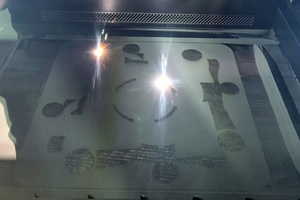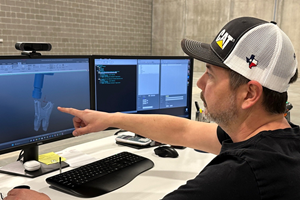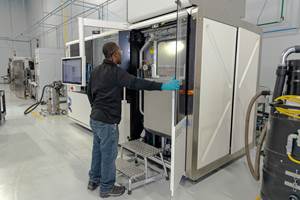3D Printer Enables Toolmaker to Produce Fixturing, End-Use Parts
A 3D printer helped a tooling manufacturer quickly and cost-effectively create fixturing for its tools and, eventually, end-use parts for customers.
Share




Identifying and solving bottlenecks is an important part of keeping any business running. Elliott Tool Technologies identified a holdup in the process of producing its workholding fixtures, one that a 3D-printing system from Markforged (Cambridge, Massachusetts) has helped to solve.
Elliott Tool Technologies has been manufacturing tube tools and metal burnishing products for more than 125 years in Dayton, Ohio. The company’s Tube Tools and Precision Metal Finishing divisions supply high-precision tooling for fine surface finishes and tight tolerances to a range of companies in the aerospace; heavy equipment; commercial and industrial heating, ventilation and air conditioning (HVAC); and oil and gas industries.
Over the years, time frames have contracted and business pressures have mounted. “There’s an ‘I need it yesterday’ reality to the world in which we operate daily,” says Manufacturing Engineer Ben Pruitt. “We have to be able to get templates and fixturing done quickly so we can produce any exotic or special tooling our customers need.”
With just one toolmaker producing most of the templates and fixtures needed for machining as well as various jigs and templates for part modification, the company began brainstorming how to avoid bottlenecks and come up with faster solutions. “We thought rapid prototyping with 3D printing would help us fill the void,” Mr. Pruitt says. “Rather than pulling our toolmaker off of a fixture that might take several weeks, we thought we could use 3D printing to help take care of some of our other requirements.”
The goals were to speed part prototyping to evaluate compatibility with fixture designs and to lower costs compared to conventional processes. The company just needed to find a cost-efficient machine that could produce parts of the quality it needed.
Mr. Pruitt had used Markforged 3D printers for tooling at a previous shop, and he thought one of them might fit the shop’s needs. “I didn’t want us to spend a decent amount of capital on something that wasn’t going to produce a quality product,” he says. “I knew Markforged had good software, a good user interface and would be reliable.” He reached out to equipment provider Adaptive Corp., and metrology and additive manufacturing specialist Frank Thomas took the call.
The shop wanted to 3D print the strongest, lightest parts possible without having to invest in metal additive technology. Mr. Thomas recommended the Mark Two, part of Markforged’s series of desktop systems. The machine prints industrial materials including carbon fiber, fiberglass and Kevlar, as well as a chopped-carbon-fiber filament that can be reinforced with continuous fiber called Onyx. Parts made with Onyx are said to have twice the strength of other 3D-printed plastics, as well as a high-quality surface finish and high heat tolerances.
Mr. Thomas did a benchmarking exercise with the Mark Two for the shop. He printed some parts, tracking the cost and print times. The shop then compared this information with the cost of conventionally manufacturing parts in house and outsourcing them, as well the material cost and time delays involved with bid specifications and vendor negotiations. “When you 3D print something you avoid a lot of steps,” Mr. Thomas says. “You never have to create a 2D drawing, you just go straight from CAD to the additive manufacturing (AM) machine and print the part in hours.”
Adaptive Corp. quickly set up a Mark Two at Elliott Tool. Training on the Mark Two included almost everyone in the company, including engineers and managers. “The more people who are involved, particularly those in day-to-day traditional manufacturing, the more we can upgrade their overall skill set and elevate our ability as a company to make parts in a greater variety of ways,” Mr. Pruitt says.
With the Mark Two operational, the shop began seeing a variety of positive results. Mr. Pruitt says a drill-fixture issue opened his eyes to the potential of AM to improve in-house processes. It was an oddly shaped part that the shop had tried to fixture with steel that conformed to the basic shape. However, this solution didn’t envelop the part enough to hold it steady for machining, so Mr. Pruitt turned to 3D printing. “We realized we could just take a basic, solid model of the casting for the part, then sweep that shape across another fixture and essentially ‘mold’ the casting to the fixture. We could just print that instead of fabricate it, and the result was very successful.”
AM also enabled the team to make revisions and add “nice-to-have” changes to the drill fixture that would have cost a lot to traditionally manufacture. “With AM, all you need to do is make minor adjustments in your Autodesk Inventor part files and then recreate the STL that drives the 3D-printing process,” he says. “That’s another nice thing about the software: You can watch the revision changes on screen, and if you see you’ve made a design error, you can just go back a revision or two before you print.” This enables the shop to quickly adapt to urgent engineering changes and provide a faster turnaround for customers.
Beyond making fixturing, the shop even began using the system for end-use parts. The company was tasked by a first-time customer with replacing the cam plates on a World War II-era horizontal milling machine. The plates support a table that rides on the angles of the plates and cuts the opposite form of the angles into the parts being milled. The cam plates had threaded holes that the shop was able to design and print directly into the part. The 3D-printed holes had the same perpendicularity as the holes that were reamed in postproduction, and the 3D-printed threads functioned equally as well as the ones that were hand-tapped. The fact that the additively manufactured cam plates could support the forces of more than 300 pounds going back and forth over the plates’ sharp angles was proof to him that the 3D-printed parts have the strength the shop needs.
Because of its success with AM, the shop is beginning to look at metal printing solutions for other rapid prototyping and end-use part applications, as well as 3D scanning to augment more complex casting designs.
Related Content
Digital Thread Enables First-Time-Right 3D Printing
Connecting all stages of manufacturing, from design to postprocessing, helps break down barriers to industrializing additive manufacturing.
Read MoreDigitalization and Done-In-One Reign Supreme at BIEMH 2024
European manufacturers may have a different balance of markets than their U.S. counterparts, but the practical challenges they must overcome are often similar — as are the solutions.
Read MoreDigital Transparency in Machining Key to Multi-Site Additive Manufacturing
Cumberland Additive’s CNC programmer in Pennsylvania spends most of his time writing programs for machine tools in Texas.
Read MoreThe Benefits of Vertically Integrating Metal 3D Printing and Machining
Having 3D printing and machining within one organization enables Addman’s engineers to collaborate and consolidate so it can quickly make successful metal 3D printed parts.
Read MoreRead Next
Setting Up the Building Blocks for a Digital Factory
Woodward Inc. spent over a year developing an API to connect machines to its digital factory. Caron Engineering’s MiConnect has cut most of this process while also granting the shop greater access to machine information.
Read More5 Rules of Thumb for Buying CNC Machine Tools
Use these tips to carefully plan your machine tool purchases and to avoid regretting your decision later.
Read MoreBuilding Out a Foundation for Student Machinists
Autodesk and Haas have teamed up to produce an introductory course for students that covers the basics of CAD, CAM and CNC while providing them with a portfolio part.
Read More

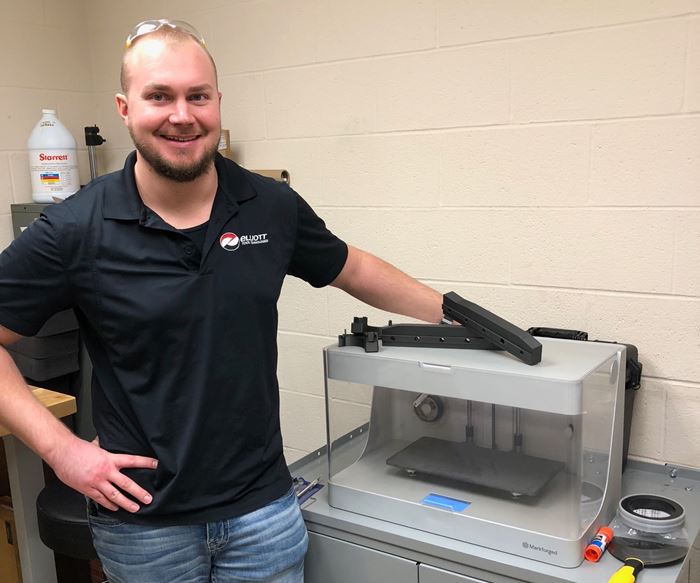
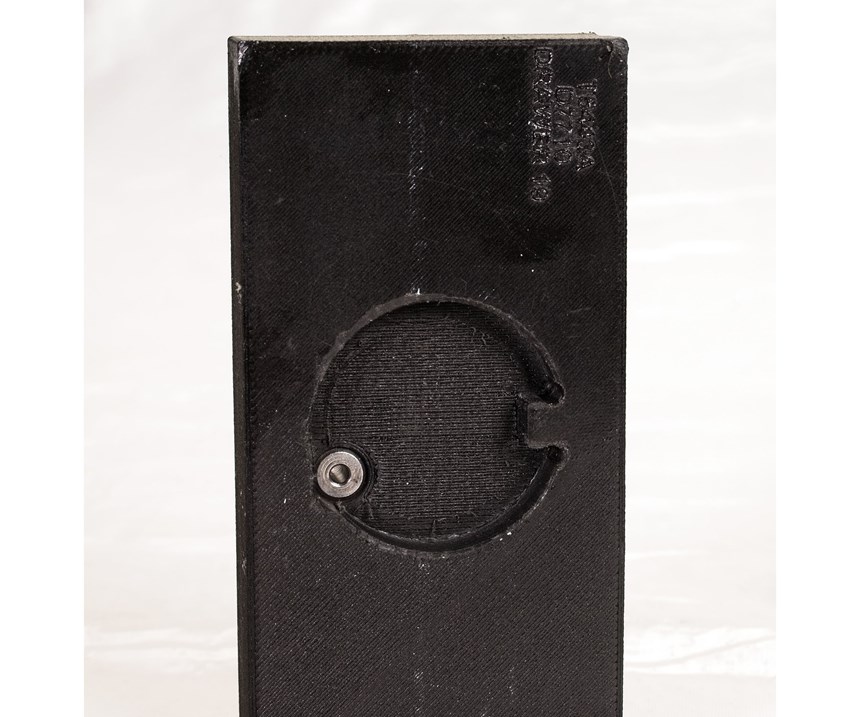
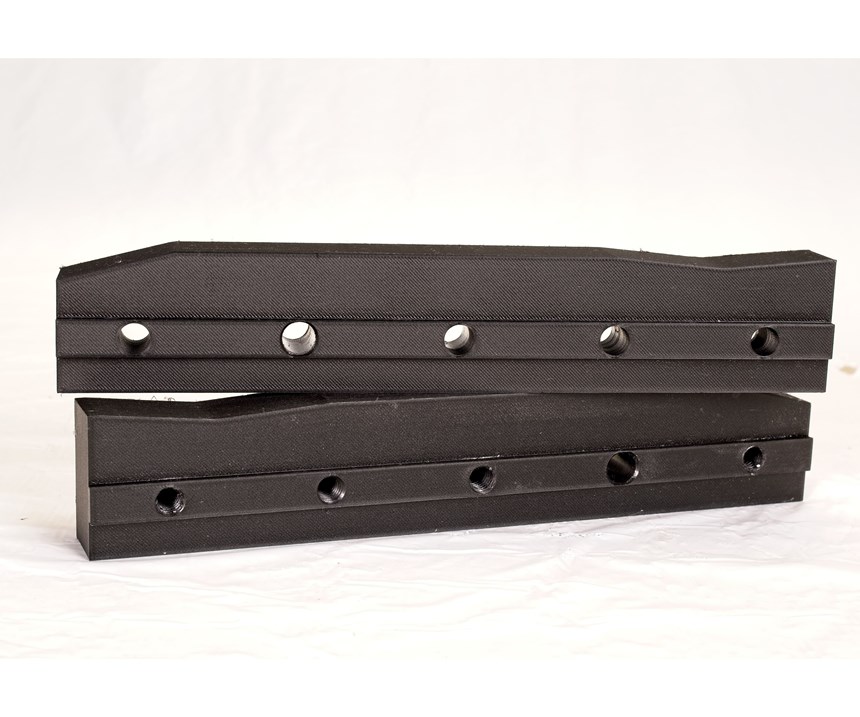
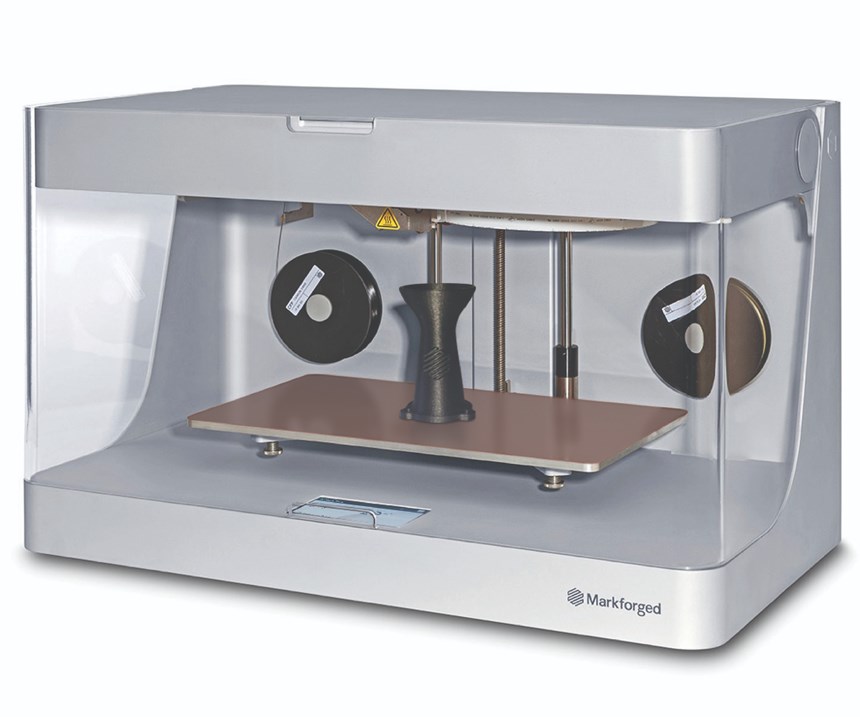






















.jpg;maxWidth=300;quality=90)
